The best months to visit Zanzibar are July to March, excluding the rainy season in November. July to October constitute the dry winter and spring months with temperatures hovering around 26°C. It may rain occasionally in August and September, but the sun always comes back. December to March make up the dry summer spell. The sunshine can be quite unrelenting and you can expect air temperatures reaching over 37°C.
Zanzibar Island is famous for being a popular beach holiday destination. The diving scene is also picking up. The climate here has two rainy and two dry periods of different duration. Temperature wise a holiday on the island is good in any month. After all, the island is located under the equator, so the conditions keep warm all year round. Even in the season of the strongest rainfall, it rains during the morning, which does not spoil the overall impression of African summer.
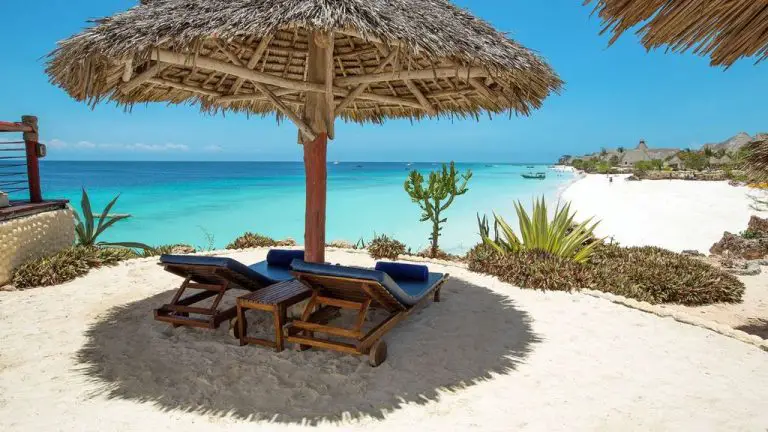
The rainiest months from March to May constitute the low season, and June to October is the high season.
Each of them has its own advantages, depending on the preferences of vacationers. In the rainy season, the air warms up closer to 30 ° C during the day, and the cost of rooms in hotels is much lower. In the dry season the weather remains sunny and the sky remains a cloudless blue. Therefore, we can safely say that on the island of Zanzibar, the holiday season lasts throughout the year, it just looks different in different months.
Related entries:
Best time to visit Zanzibar
If your choice for a vacation fell on Zanzibar, then a season lasting five full southern summer months is the first thing to consider more closely. The true African beach season in Zanzibar lasts almost half a year’s time, from early June to late October. There is another small tourist summer on the island, falling between January and February. Then nice, bright and dry weather greets every day, a short respite before a long rainy period.
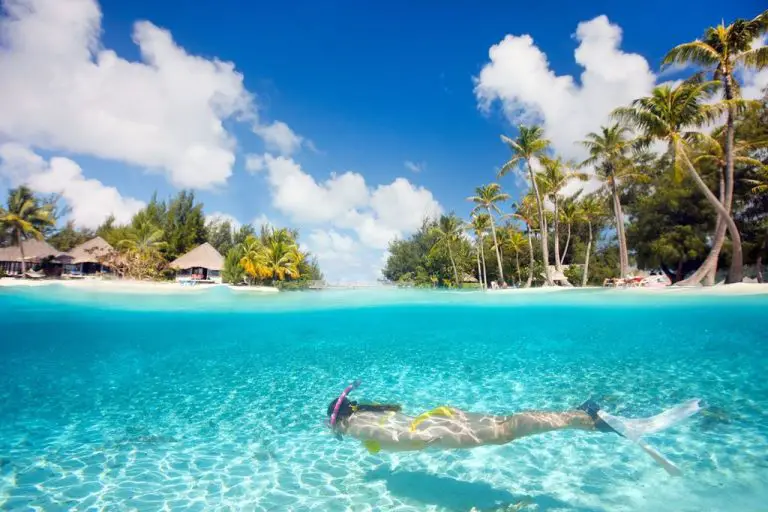
The main weather parameters in Zanzibar are the air temperature and the water temperature. Currently, global climate change is causing slight shifts in climate even here. Usually during the dry season, the air temperature is constant during all the months of the winter of the southern hemisphere. During the day about +27 to +30 ° С, at night +24 to +26 ° С. But there are small changes. For example, in the dry season it may unexpectedly rain and even drag on for a week.
Consider the weather in Zanzibar across high season months.
- January-February – in this small dry season it generally showers a couple of days a month, but otherwise there is a typical African summer where the heat can reach 33 ° C, and the sea warms up to +28 to +30 ° C. February is considered especially dry.
- June – In general, the beginning of the high season in June can still be marked by a couple of rains, but sunny weather is finally there to stay for the next few months.
- July-August – there may be no precipitation at all, and the mercury rarely reaches +30 ° C.
- September-October – it is hot, the sea is warmer and more comfortable for swimming, and it rains only for a few days.
These months are most visited by tourists, since the conditions are most favorable for the beach and swimming. Many people like the high season in Zanzibar, when it is best to relax on the ocean coast.
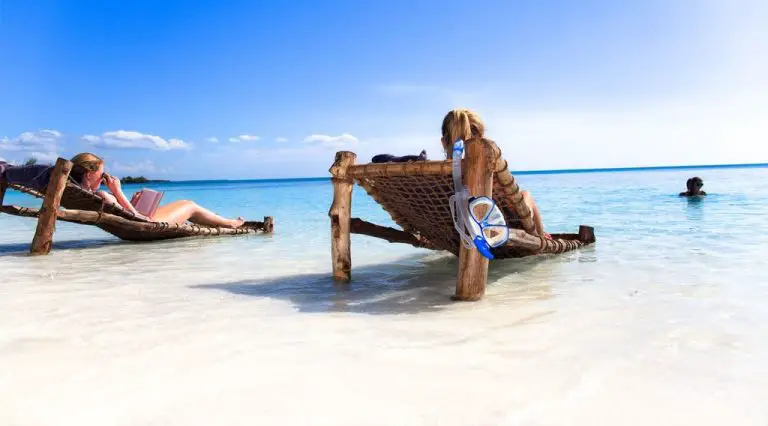
The choice of summer months (June-August) is more suitable for those who find it difficult to adapt to new climatic conditions. But in January and February, lovers of hot temperatures can rejoice given the constant sunshine. Moreover, this time in Zanzibar is appreciated by divers as a season for deep sea fishing, as well as observations of sea turtles.
The infrequent showers in the dry season can almost always be predicted. When it pours, then the rain is not necessarily torrential, and lasts only a few hours. However, as indicated, rare events cannot be not ruled out – showers lasting a week have been observed in the past.
The water temperature in the high season can drop to + 26 ° C, which is considered pretty cool for a beach holiday. However, closer to October and November, the average sea temperature rises to + 28 ° C and more, and the swimming season is at its peak.
How is Zanzibar in the dry season
Wind and waves in this season for surfing can be caught in July and then in January and February.
Zanzibar not only gets tides, but they often have a great influence on the nature of beach holidays on this island. Water level can recede into the sea by almost a kilometer, and the coast opens to the horizon. On the other hand, on some beaches like Nungwi, the sea almost does not move depending on the phase of the moon.

Humidity in the dry season is low. In addition, sea breeze is constantly present, which somewhat softens the heat. It should be noted that continental Tanzania does not have such an advantage, and the heat there can reach the extreme equatorial values.
Since the high season in Zanzibar is quite long (five months), the weather in this period is different at the beginning, middle and the end.
The beginning of the season in June usually witnesses rare and already disappearing rains, lowering temperature (winter in Zanzibar begins in June), decreasing humidity and the onset of drought. And at the end of the season in November the temperature rises again, the humidity arrives, and the sea warms up perfectly.
In connection with the change of seasons, a similar periodicity is observed in the influx of tourists to Tanzania. The highest prices on the coast are held from November to February, when the arrivals of vacationers are associated not only with the weather, but also with festive winter traditions.
Rainy season in Zanzibar (also the cheapest)
The wet season in Zanzibar begins in March, and the weather for the next few months within the African autumn is almost unchanged. Zanzibar is located in the climatic zone of the monsoons. Its seasonality and high humidity on the archipelago are pronounced, as well as great solar activity. Hot temperatures and constant rains are not certain throughout the low season. So in the rainy season, there may also suddenly be a succession of days without rains.
Rains begin to pour from the last 10 days of March. The first half of March can still be considered typical beach weather. But the air gradually cools to average daily values of + 27 ° C and below.
The month of April usually gets very heavy rains – for 3.5 weeks there may be showers, and in the remaining days it is just cloudy weather with real summer temperature (up to 30° C).
May is almost as rainy, and also windy. By the end of the month, the clouds start receding, the sun begins to show, rain showers come to a halt, and the air and water warm up more and more.
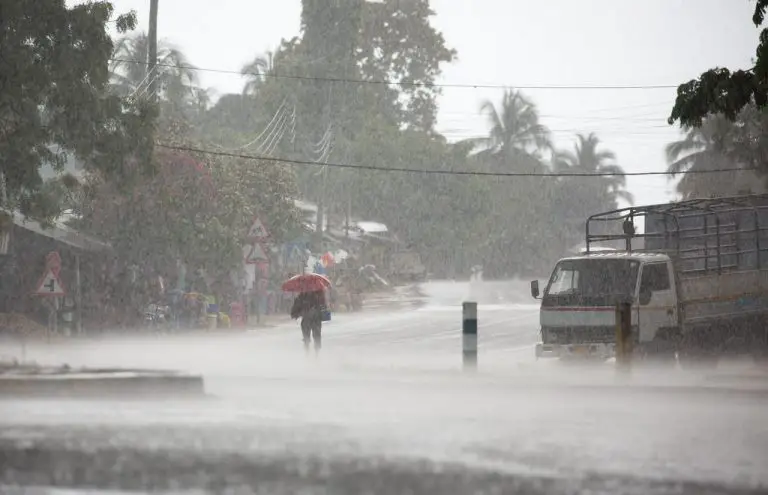
In a large rainy season, although rare, heavy rainfall is so severe that a lot of basic services in Zanzibar stop. For this time, for safety reasons, hotels and even entire islands are closed. But mostly rainfall is moderate and regular. So you can safely plan active and sightseeing leisure. In the low season, bad weather will not be able to spoil the holiday mood. Moreover, the temperatures at this time here (more than ever in a year) are summer.
In November and December, the rainy season is back in Zanzibar. This period is shorter than the March-May period, and precipitation may occur during the whole season, as during March. In particular, in November precipitation may take a total of a whole 10 days, and even short-term. December is traditionally the hottest month of the year. The air temperature does not drop below 30 ° C for a day, the humidity is high, the sea is warm and pleasant for swimming. In addition to the tourist influx this month, Christmas and New Year celebrations contribute to large crowds.
Temperature and rains in low season
The air temperature in the rainy season in Zanzibar during the day is 30 to 33 ° С and at night 26 to 27 ° С. The sea is still warm, up to 28 ° C, the wind and waves are small, but the humidity is at its peak levels. The tides in the low season do not differ from the high, their features are best studied for a specific location in Zanzibar.

The highest temperatures occur just during a typically rainy time – the end of the calendar year and the beginning of March, at noon peak often in the sun bake to extreme +40.
When preparing to leave for Zanzibar, you should consider the UV index and stock up on protective sun screen lotions. And if the heat at the beginning of big rains is still smoothed out by moisture in the air, then by the end of May, when the showers are drying up and the land is getting drier, sun exposure get very dangerous.

During the rainy season, discounts on accommodation can reach up to 50-70%, so at this time it is possible to spend more vacation days here. And they will also be a truly summer vacation: a beach or excursions in the morning, and then an afternoon rest before evening entertainment. In Tanzania, in Zanzibar, the holiday season can be divided into any months, there is a constant summer, with all the summer attributes, including heavy rain showers.
Summary
The resort island of Zanzibar is very popular precisely because of its climatic and geographical capabilities, ocean landscapes and the richness of the color of the equatorial territories. The quality of relaxation, service and natural beauty has long been overgrown with a variety of reviews.
Plan your trip to Zanzibar at the time that is convenient for you, and in the season that is preferable for you. The weather of the coast always favors relaxation and entertainment, but it can also change. It is still an island, and it is subject to the influence of the ocean.
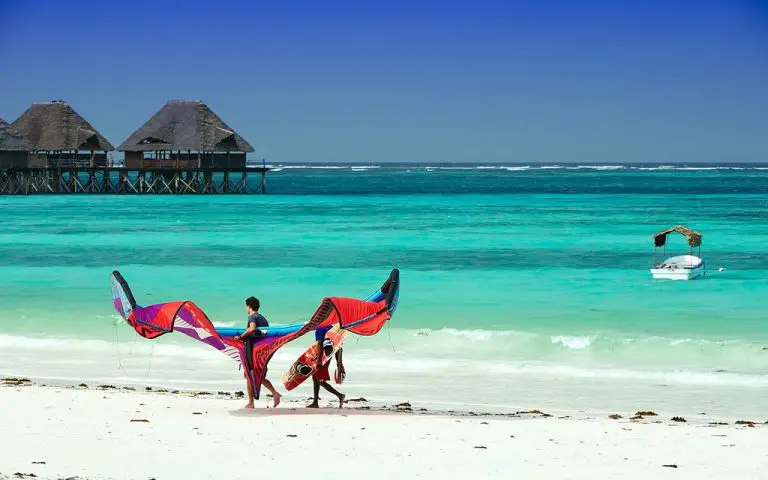
Therefore, please inform yourself about the weather before choosing a suitable season for a vacation in Zanzibar. Although the Zanzibar archipelago is part of Tanzania, the weather conditions on the islands can be very different from the mainland, and this should also be taken into account when choosing the best time to visit Zanzibar.